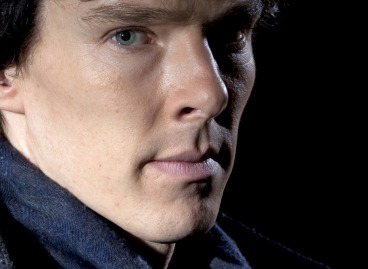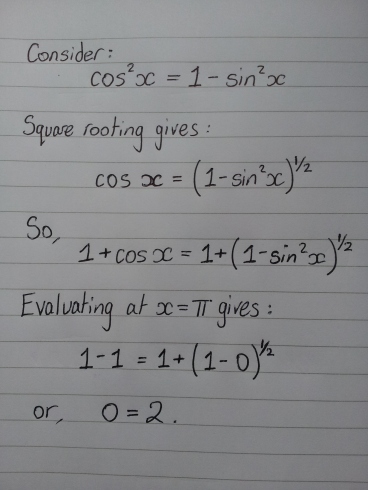Everybody loves a good villain. After all, a hero is only as good as his nemesis. In fact, in films and TV, I find myself far more interested in the villain’s storyline than the actual protagonist – maybe I’m just a bad person…
So, today’s post will be about some of my favourite villain songs from film (most of them animated). If you reckon I’ve missed any good ones out, or reckon that some of my choices are a bit rubbish then leave a comment! Enjoy!
N.B. Halfway through writing this, I realised that I have too many songs for one post so I am splitting it up into two parts.
*
1. Aladdin – Jafar’s ‘Prince Ali’ Reprise
Whilst there isn’t a song just for Jafar in Disney’s Aladdin, he does get a little ditty in the form of re-jiggling the lyrics of a previous song ‘Prince Ali’ to suit his nefarious purposes. I mean, come on – you know you’re screwed when the bad guy uses your own song against you!
2. The Lion King – Be Prepared
I think The Lion King was the first Disney film I watched – and even now I can still remember some of the words. This just goes to show that they don’t make ’em like they used to – in this clip we’ve got regicide and even the goosestep march (I’d like to see Disney try putting that in their next film…) But what makes this even more sinister is Jeremy Irons’ singing voice. Soothing, like a madman’s lullaby.
3. The Jungle Book – Trust In Me
I must admit, I’d completely forgotten about this song until it was mentioned on my Facebook page. But having re-watched it, I can see how…creepy…it is: I’m sure that this whole clip is probably some metaphor for paedophilia but I’m not sure. Either way, the lesson is – if a snake that sounds like Winnie the Pooh on weed ever tries to talk to you, don’t let it sing!
4. Repo! The Genetic Opera – Zydrate Anatomy
This clip is taken from one of my all-time favourite films: in fact, I even wrote a post about it – here. The film is done in the style of a gothic rock opera and this song perfectly fits that niche. And yes, that is indeed Paris Hilton.
5. The Three Musketeers – Petey’s King of France
This version of the three musketeers tale by Disney involved songs where lyrics were put to classical pieces of music. For example, Petey (the villain) sings a song which is set to the tune of Edvard Grieg’s ‘In The Hall of the Mountain King’ to remarkable effect. Even though it’s only short, I think it’s really effective.
*
So there are the first five songs in the list, there’ll be five more coming your way very soon. If you have any burning suggestions as to what I could include in the next instalment, then let me know in the comments below!
Tom

 We have finally come to the end. I say ‘finally’, when in fact it’s only been 12 days. But what an emotional rollercoaster those 12 days have been: I’ve laughed, cried, sworn, shouted, cried some more and heaved a huge sigh of relief that they didn’t finish with ‘aliens did it’. But in all seriousness, I thought that this final episode almost made up for the travesty that was the second episode of the series (it feels weird saying ‘series’ – it was only 3 episodes!) but the pain is still there. Anywho, let me talk you through the things that I enjoyed in particular about this episode.
We have finally come to the end. I say ‘finally’, when in fact it’s only been 12 days. But what an emotional rollercoaster those 12 days have been: I’ve laughed, cried, sworn, shouted, cried some more and heaved a huge sigh of relief that they didn’t finish with ‘aliens did it’. But in all seriousness, I thought that this final episode almost made up for the travesty that was the second episode of the series (it feels weird saying ‘series’ – it was only 3 episodes!) but the pain is still there. Anywho, let me talk you through the things that I enjoyed in particular about this episode. The Ending
The Ending











